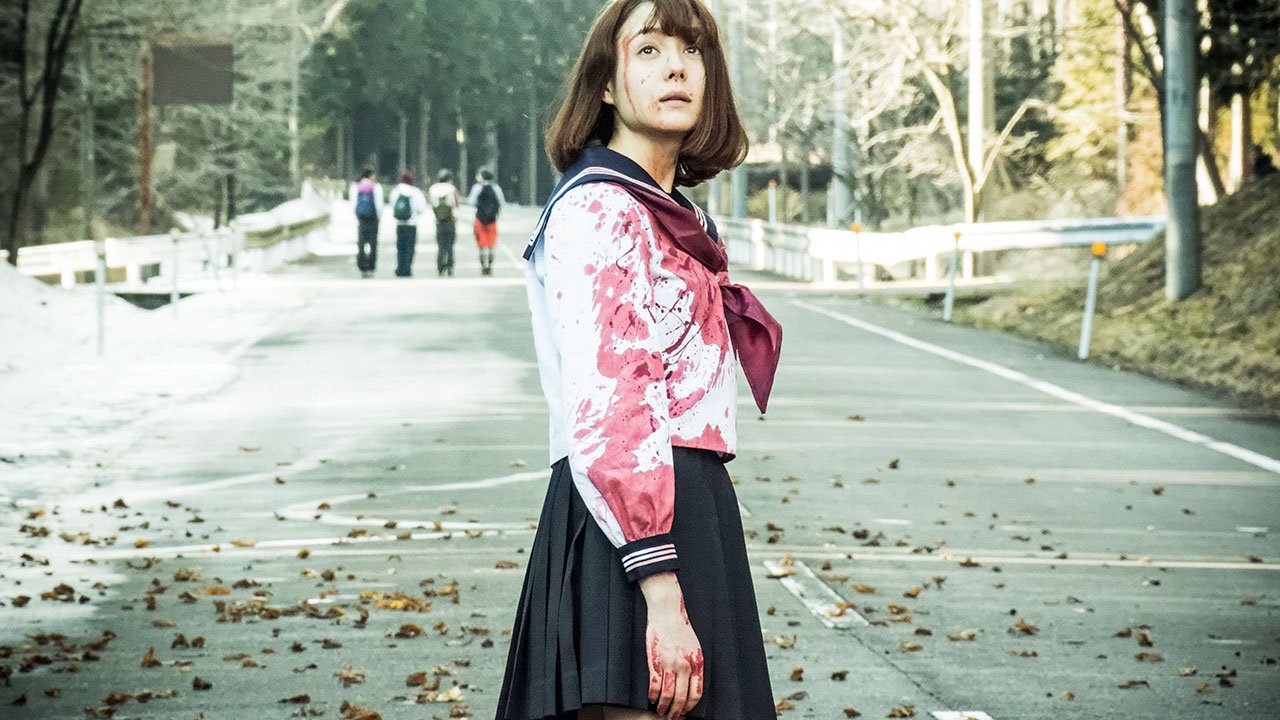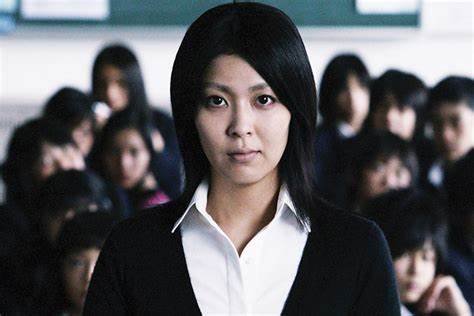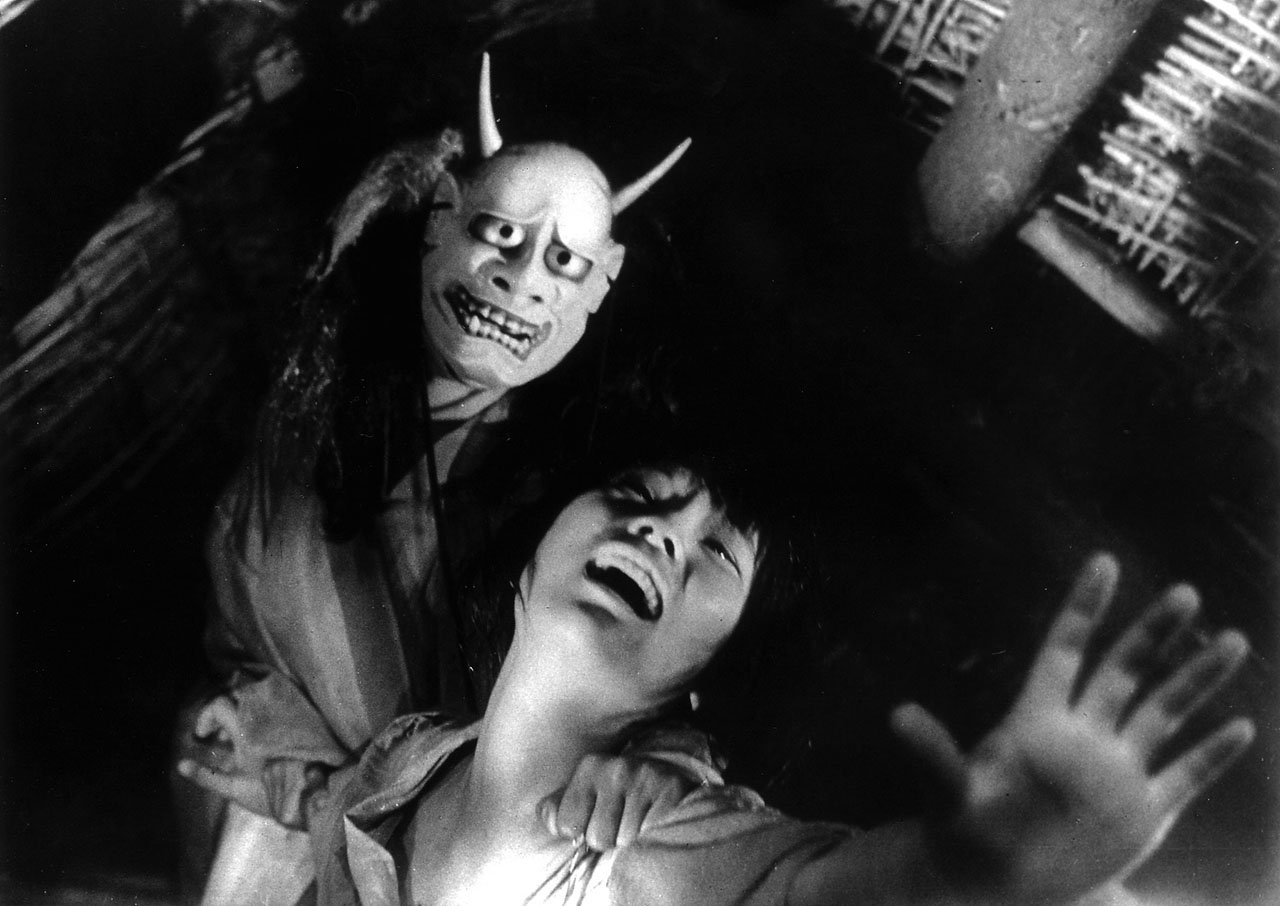Anime has always been at the forefront of innovation in animation, pushing the boundaries of visual storytelling and technique. From groundbreaking visual styles to novel animation methods, certain films have significantly impacted the industry. Here’s a look at some anime films that have revolutionized animation techniques.

Akira (1988)
- Director: Katsuhiro Otomo
- Studio: TMS Entertainment
- Significance: Akira is renowned for its pioneering use of animation techniques, including detailed and fluid action sequences, extensive use of keyframe animation, and the integration of computer-generated imagery (CGI). Its animation quality set a new standard for detail and realism in anime.
- Innovation: The film’s extensive use of keyframes allowed for smoother and more dynamic action scenes. The detailed backgrounds and futuristic design influenced countless other works in both anime and Western animation.
Princess Mononoke (1997)
- Director: Hayao Miyazaki
- Studio: Studio Ghibli
- Significance: This film introduced a new level of environmental and character design in anime. The use of hand-drawn animation combined with innovative techniques for depicting natural elements, such as flowing water and lush forests, created a more immersive and realistic world.
- Innovation: The integration of traditional animation with CGI for environmental effects demonstrated a hybrid approach that enhanced visual storytelling without compromising the hand-drawn aesthetic.
Spirited Away (2001)
- Director: Hayao Miyazaki
- Studio: Studio Ghibli
- Significance: Spirited Away is celebrated for its richly detailed animation and imaginative world-building. The film pushed the boundaries of what was possible with traditional 2D animation, using detailed textures and dynamic character designs.
- Innovation: The film’s use of complex camera movements and layered backgrounds created a three-dimensional feel, enhancing the depth and immersion of the animated world.
Paprika (2006)
- Director: Satoshi Kon
- Studio: Madhouse
- Significance: Paprika is known for its groundbreaking use of visual effects and dream-like sequences that blur the line between reality and imagination. The film’s fluid animation style and inventive transitions have been influential in both anime and live-action cinema.
- Innovation: The film employed complex, surreal visual transitions and a dynamic use of color and motion to represent dreams, pushing the boundaries of traditional animation techniques.
The Tale of the Princess Kaguya (2013)
- Director: Isao Takahata
- Studio: Studio Ghibli
- Significance: This film is notable for its unique visual style, which resembles traditional Japanese watercolor painting. The use of sketchy, hand-drawn animation created a distinctive look that set it apart from other anime films.
- Innovation: The film’s experimental approach to animation, including its use of brushstrokes and minimalist backgrounds, provided a new way to convey emotion and narrative through visual style.
A Silent Voice (2016)
- Director: Naoko Yamada
- Studio: Kyoto Animation
- Significance: A Silent Voice is recognized for its highly detailed and emotionally expressive animation. The film’s attention to character movement and subtle facial expressions brought a new level of depth to character animation.
- Innovation: The film’s meticulous focus on character animation, including nuanced emotional expressions and realistic movements, set a new standard for portraying psychological and emotional depth.
Your Name (2016)
- Director: Makoto Shinkai
- Studio: CoMix Wave Films
- Significance: Your Name is acclaimed for its breathtakingly beautiful animation and meticulous attention to detail. The film’s use of lighting and color to enhance its narrative and emotional impact was revolutionary.
- Innovation: The integration of photorealistic backgrounds with traditional animation techniques created a visually stunning contrast that highlighted the film’s themes and emotional moments.
Mind Game (2004)
- Director: Masaaki Yuasa
- Studio: Studio 4°C
- Significance: Known for its experimental animation style, Mind Game combines various techniques and visual styles to create a unique and dynamic viewing experience. The film’s fluid, almost chaotic animation reflects its surreal narrative.
- Innovation: The film’s eclectic visual style, including rapid shifts in animation techniques and a mix of 2D and 3D elements, pushed the boundaries of traditional anime aesthetics.
The Red Turtle (2016)
- Directors: Michael Dudok de Wit
- Studio: Studio Ghibli (co-production with Wild Bunch)
- Significance: The Red Turtle stands out for its minimalist, almost silent storytelling and its use of hand-drawn animation to create a unique, timeless quality.
- Innovation: The film’s use of sparse dialogue and a focus on visual storytelling, combined with its distinctive art style, demonstrated a new approach to narrative and animation in a global context.
Josée, the Tiger and the Fish (2020)
- Director: Kotaro Tamura
- Studio: Bones
- Significance: This film is noted for its realistic character animation and the use of detailed, expressive animation to portray the complexities of its characters and their emotions.
- Innovation: The film’s sophisticated character animation and realistic portrayal of disabilities highlighted a new level of empathy and understanding in anime storytelling.
Conclusion
These anime films have made significant contributions to the field of animation, pushing the boundaries of technique and aesthetics. From pioneering visual styles to innovative animation methods, they have set new standards and inspired future creators in the industry.











